|
|
|
|
|
Photo Gallery for Lucidota atra
|
 | Recorded by: Mark Basinger
Rowan Co.
Comment: |  | Recorded by: Mark Basinger
Rowan Co.
Comment: |
 | Recorded by: Marilyn Westphal and Nora Murdock
Polk Co.
Comment: | 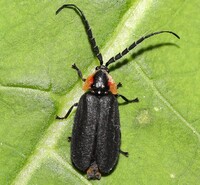 | Recorded by: Rob Van Epps
Mecklenburg Co.
Comment: |
 | Recorded by: Rob Van Epps
Mecklenburg Co.
Comment: | 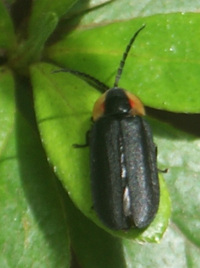 | Recorded by: Vin Stanton
Buncombe Co.
Comment: |
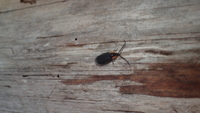 | Recorded by: Erich Hofmann
Craven Co.
Comment: | 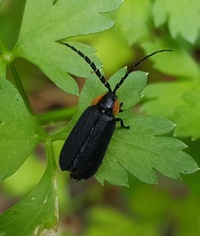 | Recorded by: Michael P. Morales
Cumberland Co.
Comment: |
|

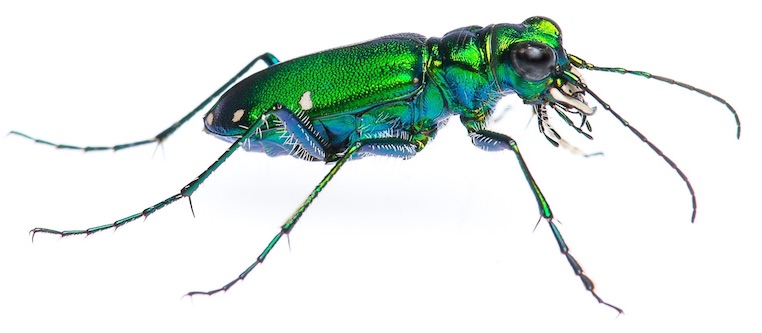 »
»
 »
»